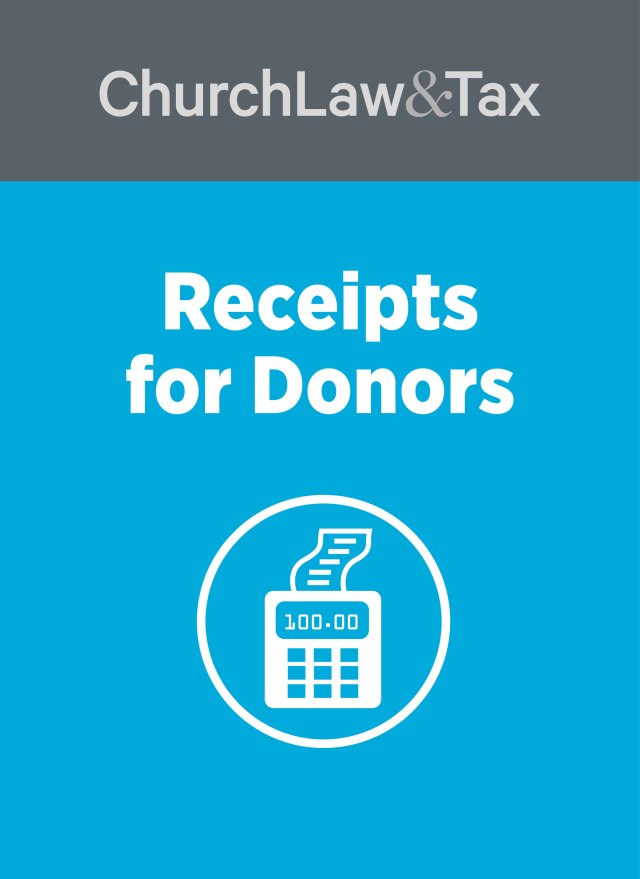Key point. Some courts interpret charitable bequests in a testator's will based on extrinsic evidence outside the four corners of the will itself.
The California Supreme Court ruled that a decedent's will leaving his estate to two religious charities if he and his wife died simultaneously could be reformed by recourse to extrinsic evidence to show that he wanted his estate distributed to the charities even if he survived his wife, so long as the charities could show by "clear and convincing evidence" that this was the decedent's true intent.
In 1984, a 72-year-old male (the "decedent") prepared a "holographic" (i.e., handwritten) will in which he left all of his property to "my beloved wife" who was then 58 years of age. He left to his brother "the sum of one dollar." The will provided that
should my wife and I die at the same moment, my estate is to be equally divided between [two named religious charities]. The will further provided that "I have intentionally omitted all other persons, whether heirs or otherwise, who are not specifically mentioned herein, and I hereby specifically disinherit all persons whomsoever claiming to be, or who may lawfully be determined to be my heirs at law, except as otherwise mentioned in this will. If any heir, devisee or legatee, or any other person or persons, shall either directly or indirectly, seek to invalidate this will, or any part thereof, then I hereby give and bequeath to such person or persons the sum of one dollar ($1.00) and no more, in lieu of any other share or interest in my estate.
The decedent's wife died in July 2002, and the decedent died in 2007, leaving no spouse or children.
The holographic will was admitted to probate. The religious charities named in the will claimed that the estate should be divided between them as the will prescribed. But the decedent's sole surviving heirs claimed that the bequest to the charities was negated by the fact that the couple did not die simultaneously, and therefore the estate had to be distributed to the decedent's heirs pursuant to the state laws of intestacy. The probate court concluded that the will was not ambiguous, and awarded the entire estate to the heirs. A state appeals court affirmed the trial court's ruling. The charities appealed to the state supreme court. Their main argument was that there was ample "extrinsic" evidence (i.e., evidence outside the will itself) that would demonstrate the decedent's intent to leave his estate to the two charities and not to his surviving heirs.
The court acknowledged that California law "allows the admission of extrinsic evidence to establish that a will is ambiguous and to clarify ambiguities in a will." However, California law "does not currently authorize the admission of extrinsic evidence to correct a mistake in a will when the will is unambiguous." The court concluded that "a change in the law is warranted to allow the reformation of an unambiguous will when clear and convincing evidence establishes that the will contains a mistake in the expression of the testator's intent at the time the will was executed and also establishes the testator's actual and specific intent at the time the will was executed." Therefore, the court remanded the case back to the trial court to determine "whether clear and convincing evidence establishes that the decedent intended, at the time he drafted his will, to provide in his will that his estate was to pass to [the religious charities] in the event his wife was not alive at the time the testator died."
The court noted that "the charities have articulated a valid theory that will support reformation if established by clear and convincing evidence. [The charities] contend that the decedent actually intended at the time he wrote his will to provide that his estate would pass to the two charities in the event his wife was not alive to inherit his estate when he died, but that his intent was 'inartfully' expressed in his will and thus there is a mistake in the will that should be reformed to reflect his intent when the will was drafted. Their contention, if proved by clear and convincing evidence, would support reformation of the will to reflect his actual intent."
What this means for churches
This case demonstrates the problems that can arise when an individual seeks to save money by drafting his or her own estate plan without the assistance of an attorney. Sadly, the decedent's estate in this case was substantially depleted by the legal fees expended in the probate court case, and the appeals to a state appeals court and the state supreme court. As a result of the supreme court's ruling, the case goes back to the probate court for the process to start all over again.
Church leaders who encourage members to remember the church in their estate plan should caution them to utilize the services of an estate planning attorney to ensure that their wishes will be honored. In re Estate of Duke, 352 P.3d 863 (Cal. 2016).

